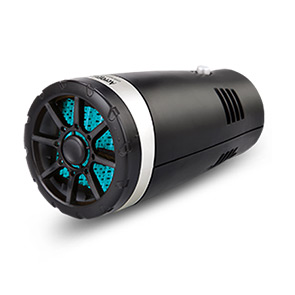car gear cable
Understanding Car Gear Cables Function, Importance, and Maintenance
In the world of automotive engineering, many components work together to ensure that a vehicle operates smoothly and efficiently. One such important component, often overlooked by many drivers, is the gear cable. Although seemingly trivial compared to the engine or the braking system, the gear cable plays a crucial role in the functioning of a vehicle's transmission system. This article delves into the function, importance, and maintenance of car gear cables to provide a comprehensive understanding of this essential automotive component.
What is a Gear Cable?
A gear cable, also known as a shift cable, is a flexible cable that connects the gear stick (or shifter) inside the car to the transmission system. It is responsible for transmitting the driver’s input from the gear lever to the transmission, facilitating the selection and engagement of different gears. Gear cables are particularly common in manual transmission vehicles, although some automatic vehicles may also employ cable mechanisms in their shifting systems.
How Does it Work?
When a driver changes gears by moving the gear lever, this motion is transmitted through the gear cable to the transmission system. The cable is designed to endure significant tension and operate smoothly, ensuring that the driver’s input is translated accurately into gear selection. Gear cables are typically made from steel or other high-strength materials, encased in a protective sheath to prevent wear and tear from environmental factors.
As the cable moves, it pulls on levers connected to the transmission, which then engages and disengages the appropriate gears. This mechanical action is critical for the vehicle’s performance, affecting acceleration, speed, and overall drivability.
Importance of Gear Cables
The importance of gear cables in a vehicle cannot be overstated. A malfunctioning gear cable can result in several issues, ranging from difficulty in shifting gears to complete failure of the transmission system. Here are some reasons why maintaining the gear cable is essential
1. Smooth Operation A well-functioning gear cable ensures that gear changes are smooth and precise, enhancing the overall driving experience.
2. Preventing Transmission Damage A faulty gear cable can lead to improper gear engagement, which may cause strain on the transmission components, potentially resulting in expensive repairs.
3. Safety Proper gear shifting is crucial for the safe operation of a vehicle. A jammed or broken gear cable can lead to unexpected difficulties in controlling the car.
Signs of a Faulty Gear Cable
car gear cable

Drivers should be aware of several signs indicating a potential problem with the gear cable
- Stiffness or Resistance If the gear lever feels stiff or requires excessive effort to change gears, this may indicate a problem with the cable.
- Slipping Gears If the vehicle unexpectedly slips out of gear while driving, this could be a sign of cable misalignment or damage.
- Noisy Gear Shifting Unusual grinding or clunking noises when changing gears may suggest that the cable is not functioning correctly.
- Error Messages In modern vehicles equipped with diagnostic systems, any issues with the transmission or shifting may trigger error messages on the dashboard.
Maintenance of Gear Cables
To ensure the longevity and proper functioning of gear cables, regular maintenance is vital. Here are a few tips
1. Regular Inspections Periodically check the gear cable for any signs of wear, fraying, or corrosion. Early detection can prevent more significant issues down the line.
2. Lubrication Keeping the cable properly lubricated can minimize friction and wear, allowing for smoother operation.
3. Prompt Repairs If any issues are detected, such as stiffness or unusual noises, it is essential to address them promptly. Consult a professional mechanic who can assess and repair the gear cable if necessary.
4. Professional Replacement If the gear cable is beyond repair, replacing it with a new one is crucial. Make sure to use quality parts to ensure reliability.
Conclusion
In conclusion, while gear cables may not be the most glamorous component of a vehicle, their role in the transmission system is undeniably crucial. Understanding the function and importance of gear cables, as well as recognizing the signs of wear and damage, can help drivers maintain their vehicles more efficiently. With regular inspections and maintenance, most gear cable issues can be prevented, ensuring a smooth and safe driving experience for years to come.
-
Workings of Clutch Pipe and Hose SystemsNewsJun.04,2025
-
The Inner Workings of Hand Brake Cable SystemsNewsJun.04,2025
-
The Secrets of Throttle and Accelerator CablesNewsJun.04,2025
-
The Hidden Lifeline of Your Transmission Gear Shift CablesNewsJun.04,2025
-
Demystifying Gear Cables and Shift LinkagesNewsJun.04,2025
-
Decoding Clutch Line Systems A Comprehensive GuideNewsJun.04,2025
